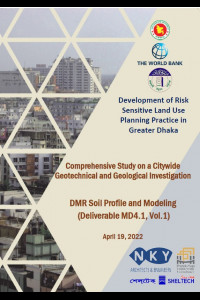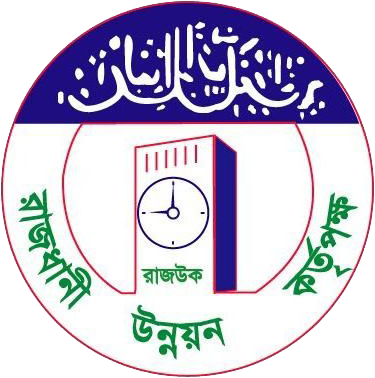27.1 MD-4 Draft Analysis of Geotechnical and Geological Studies-DMR Soil Model_URP/RAJUK/S-5
Two of the most important practices in seismic zonation mapping are geotechnical and geophysical investigations that give the subsurface information to the decision-making engineers. To determine the soil characteristics such as lithology, soil properties, and bearing capacities of the soil sublayers the exploratory boreholes are used based on geotechnical methods. In geophysical studies, the seismic behavior of the soil is determined by receiving a natural or synthetic signal depending on the used method.
This report describes 3D soil derived from the property of DMR underground soil based on the Seismic downhole test (SDHT), Standard penetration test (SPT), Cone penetration test (CPT), Seismic cone penetration test (SCPT), and the number of the lab tests. By these tests, many valuable data from underground soil properties such as lithology, shear wave velocity, SPT No, underground water level, etc. were extracted. Either separately or combinations of data will be used in other parts of the project such as risk assessment. The most important conclusion to be drawn from the evaluation data is the DMR underground soil clustering. The optimized class of soil clustering is 5 which is made less cost function.

| MIME Type |
application/pdf
|
|---|---|
| File Size | 33.92 MB |
Categories
|
|




